What To Do With Elderflowers: How To Use Elderflowers From The Garden
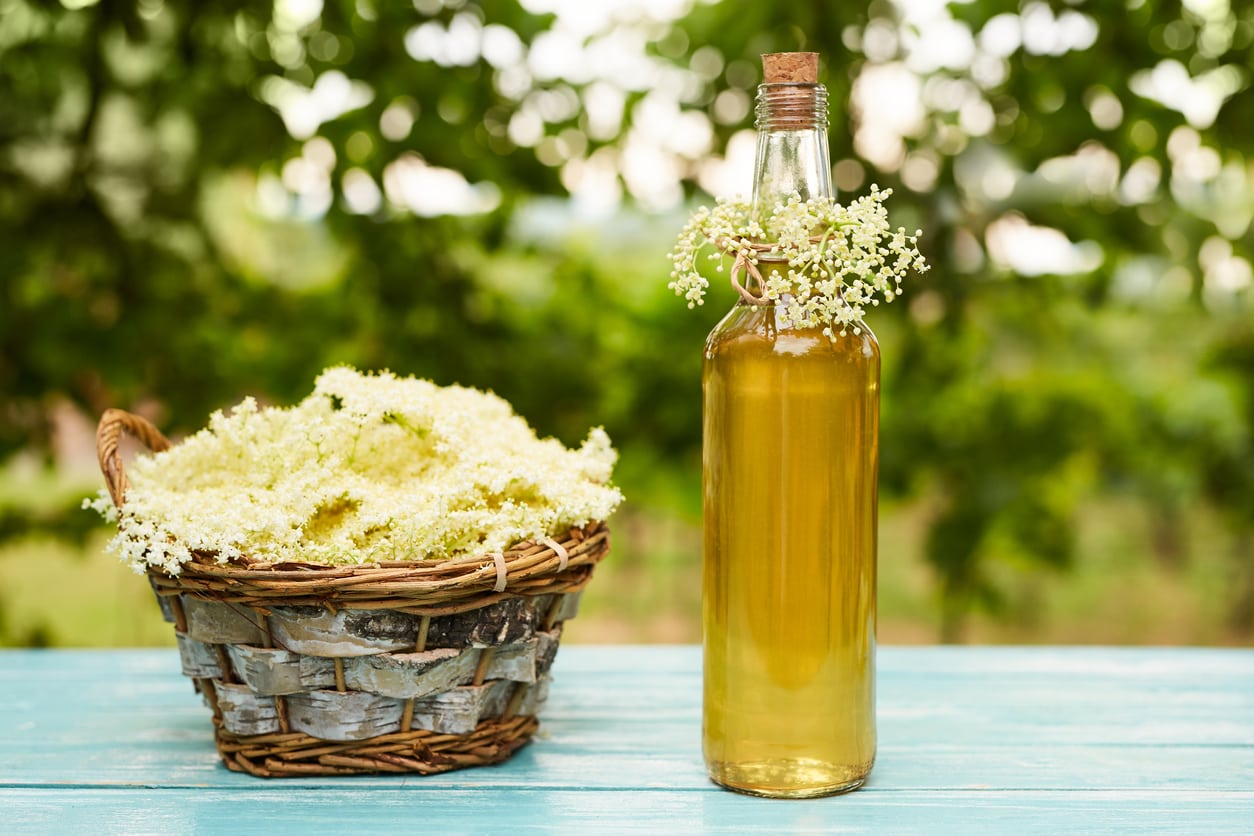

Many gardeners and cooks know about elderberries, the small dark fruits that are especially popular in European cuisine. Before the berries come the flowers though, which are tasty and useful in their own right. Keep reading to learn more about common elderflower uses and what to do with elderflowers.
About Elderflower Uses
Before cooking with or ingesting elderflowers, it’s important to understand a couple things. While most species of elderberries are edible when cooked, the other parts of the plant, including leaves, stems, and roots, are toxic to humans. Sambucus nigra, or black elder, is the most commonly used plant for elderflower harvest. Even though these elderflowers are frequently ingested, they are technically high in certain alkaloids and cyanidin glycosides that, if consumed in excess, can lead to problems such as nausea, vomiting, and diarrhea. If you are unsure about the type of elderflower plant you are harvesting from, it’s best to buy flowers from a reputable source to avoid problems.
How to Use Elderflowers
Wondering what to do with elderflowers? There are several uses for elderflowers, from desserts to beverages to teas. Elderflowers have an unmistakable scent and flavor that is similar to a sweet white wine and perfectly reminiscent of summer. Elderflower cordial is a particularly delicious concoction that can be made by boiling the flowers for half an hour, straining out the particulates, and adding an equal volume of sugar to the remaining water. The resulting cordial can be added to beverages or mixed into desserts, where it imparts an amazing fragrance. It can also be frozen and kept to brighten up dark winter nights. Similarly, you can dry the flowers and save them to use in cooking. Try throwing a handful of flowers in lightly flavored cake batter or even pancake mix.
More Uses for Elderflowers
Elderflower uses aren’t just restricted to the culinary. While the jury is officially out on elderflowers’ medicinal properties, they have been used for centuries on several continents as an anti-inflammatory, as a skincare product, and as a pain reliever. Let a small amount of flowers steep in boiling water for a few minutes to create a simple, soothing tea that, among other things, has been claimed to relieve symptoms of the common cold. Or just drink it to enjoy elderflower’s intoxicating scent.
Gardening tips, videos, info and more delivered right to your inbox!
Sign up for the Gardening Know How newsletter today and receive a free copy of our e-book "How to Grow Delicious Tomatoes".

The only child of a horticulturist and an English teacher, Liz Baessler was destined to become a gardening editor. She has been with Gardening Know how since 2015, and a Senior Editor since 2020. She holds a BA in English from Brandeis University and an MA in English from the University of Geneva, Switzerland. After years of gardening in containers and community garden plots, she finally has a backyard of her own, which she is systematically filling with vegetables and flowers.
-
 12 Lush Alternatives To A Lawn For Sustainable Spaces
12 Lush Alternatives To A Lawn For Sustainable SpacesAlternatives to a lawn are beautiful and also beneficial to your local ecosystem and its pollinators. Explore our top picks for plants to replace grass.
By Tonya Barnett
-
 Types Of Tomatoes Explained: Explore The Many Wonderful Shapes, Colors, Flavors, & Best Uses
Types Of Tomatoes Explained: Explore The Many Wonderful Shapes, Colors, Flavors, & Best UsesThe world of tomato varieties is vast and fascinating. Learn about the key types to grow in your garden, tailored to your preferences and space.
By Amy Grant
-
 Elderberries Not Fruiting – How To Get Elderberry Fruit
Elderberries Not Fruiting – How To Get Elderberry FruitNo berries on elderberry? There may be a simple explanation. Read on for a helpful tips that may resolve the problem of elderberries not fruiting.
By Mary H. Dyer
-
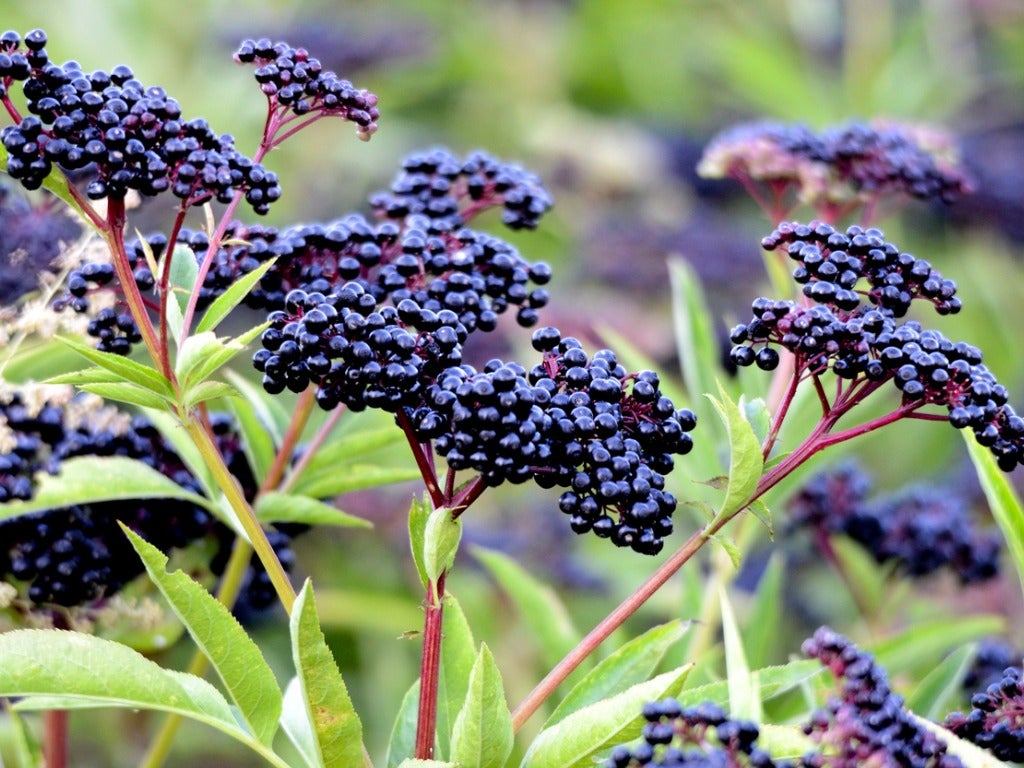 Germinating Elderberry Seeds – Elderberry Seed Growing Tips
Germinating Elderberry Seeds – Elderberry Seed Growing TipsIf you are cultivating elderberries for commercial or personal harvest, growing elderberry from seed may not be the most efficient way to go, however, it is possible. Click here to learn more.
By Teo Spengler
-
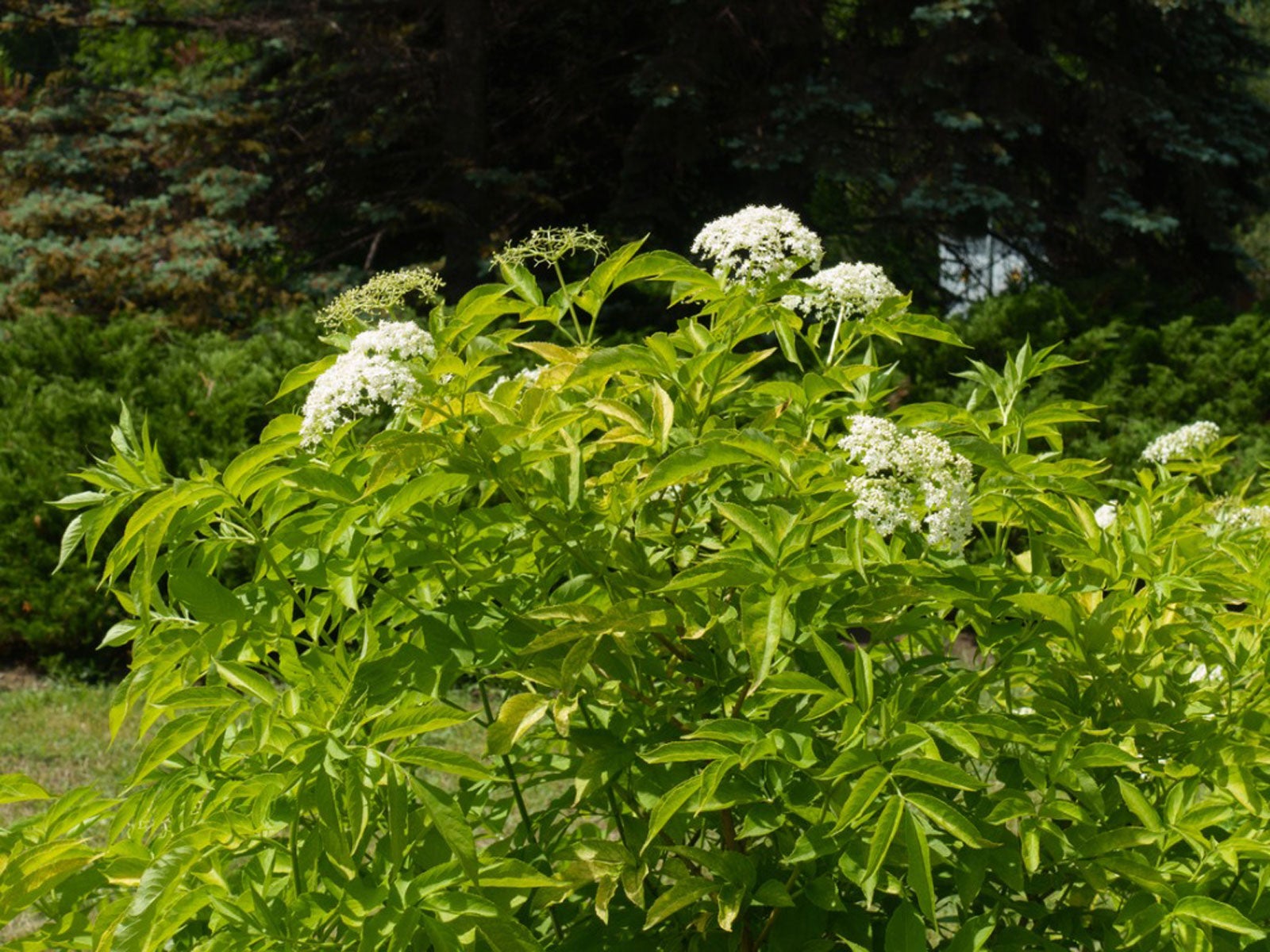 Transplanting Elderberries – How To Transplant Elderberry Bushes
Transplanting Elderberries – How To Transplant Elderberry BushesElderberry plants are attractive and productive. If you have a poorly sited shrub, moving an elderberry is not difficult. Get tips here.
By Teo Spengler
-
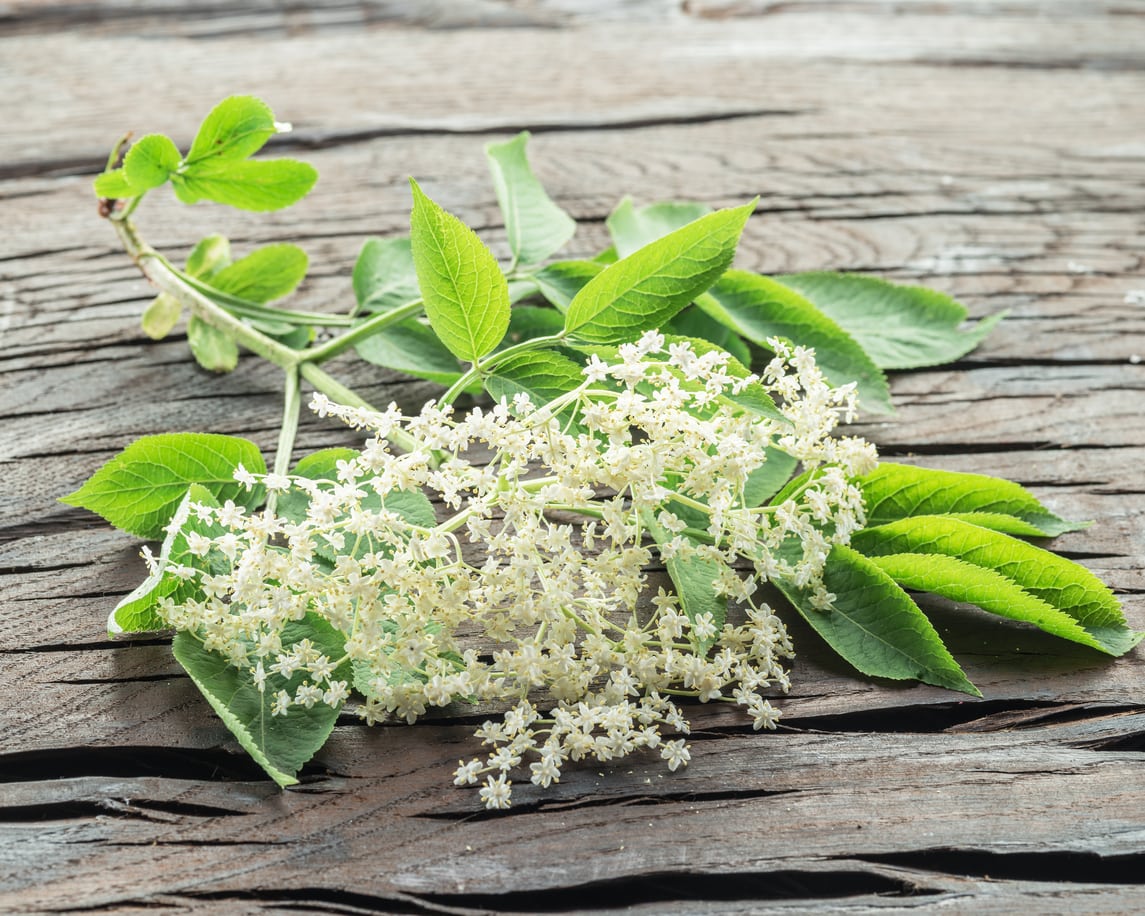 Elderberry Flowers – Growing Elderflowers In The Garden
Elderberry Flowers – Growing Elderflowers In The GardenElderberry is most well-known for its fruit, but you can also grow elderberries for their flowers. American elder is a fast-growing bush that will tolerate a variety of conditions and requires little care and maintenance. Learn more in this article.
By Mary Ellen Ellis
-
 How To Harvest Elderflowers – Tips For Picking Elderflowers
How To Harvest Elderflowers – Tips For Picking ElderflowersElderflowers have a long tradition of use and colorful lore. They are most useful in herbal concoctions during flu and cold season. Picking elderflowers when in season and drying them is an excellent way to preserve them for fall and winter sick days. This article will help.
By Bonnie L. Grant
-
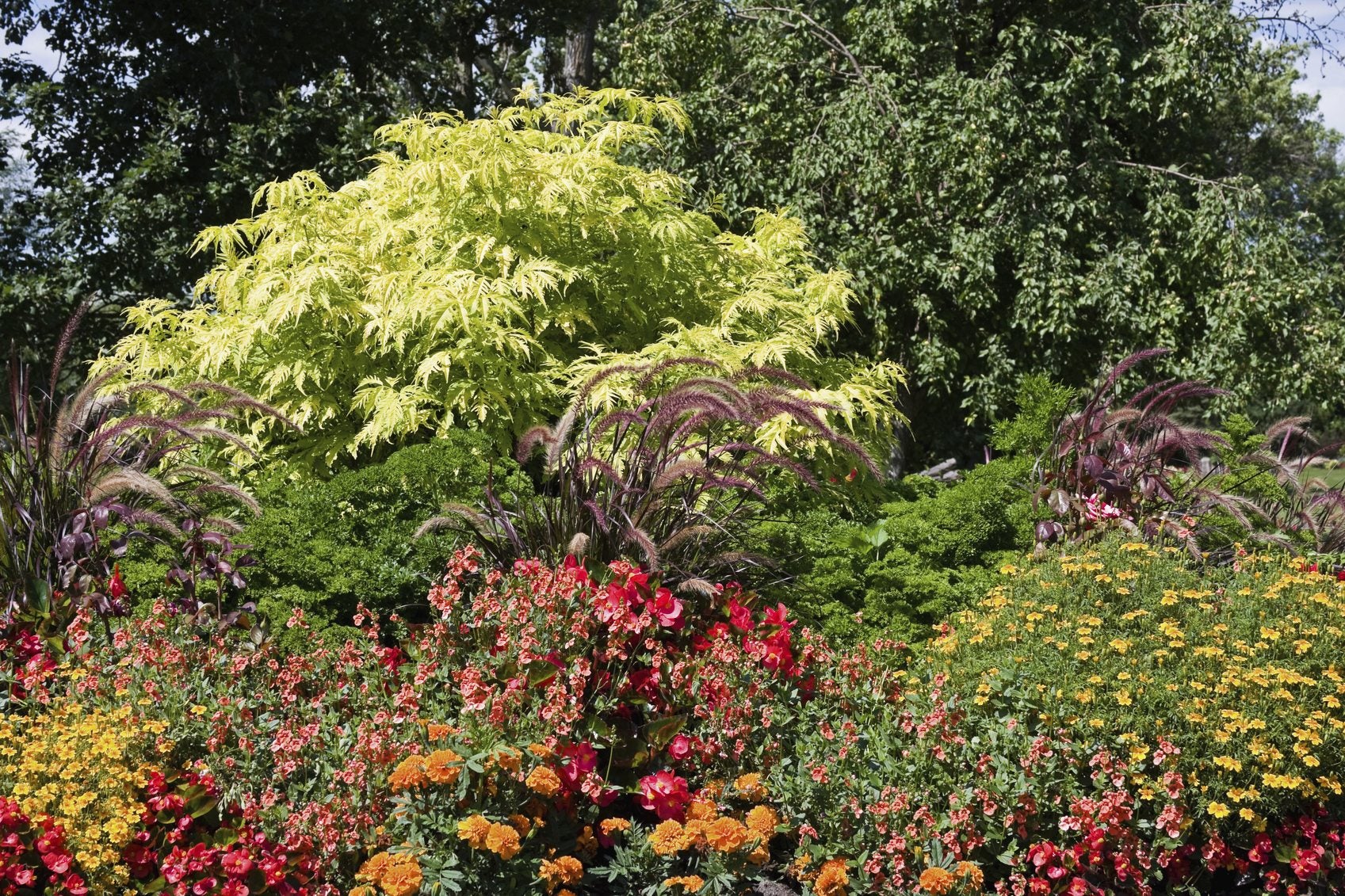 Elderberry Plant Companions – Tips On Planting With Elderberries
Elderberry Plant Companions – Tips On Planting With ElderberriesGardeners love elderberries because they attract pollinators, like butterflies and bees, and provide food for wildlife. These shrubs can be planted alone but look best with elderberry plant companions. What to plant with elderberries? This article will help.
By Teo Spengler
-
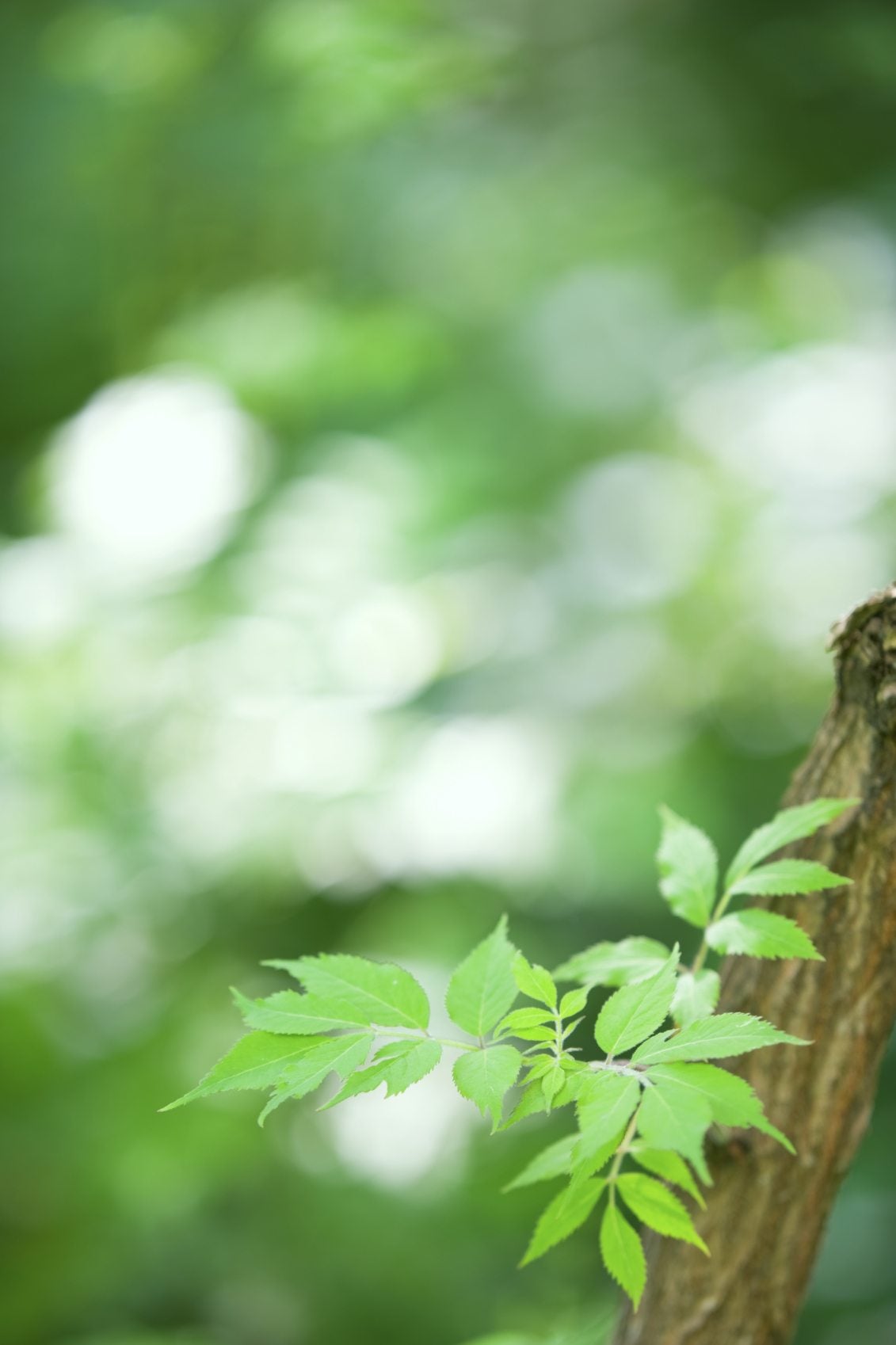 Rooting Elderberry Cuttings: How To Propagate Elderberry Cuttings
Rooting Elderberry Cuttings: How To Propagate Elderberry CuttingsElderberries are woody plants, thus starting elderberry from cuttings is a simple and common method of elderberry propagation. How to propagate elderberry cuttings and when is the best time to take elderberry cuttings? Learn more here.
By Amy Grant
-
 Elderberry Bush Varieties: Different Types Of Elderberry Plants
Elderberry Bush Varieties: Different Types Of Elderberry PlantsElderberries are one of the easiest shrubs to grow. The shrubs are commonly found growing along the road, forest edges and abandoned fields. What types of elderberry plants are suited to your region? Find out in this article.
By Amy Grant